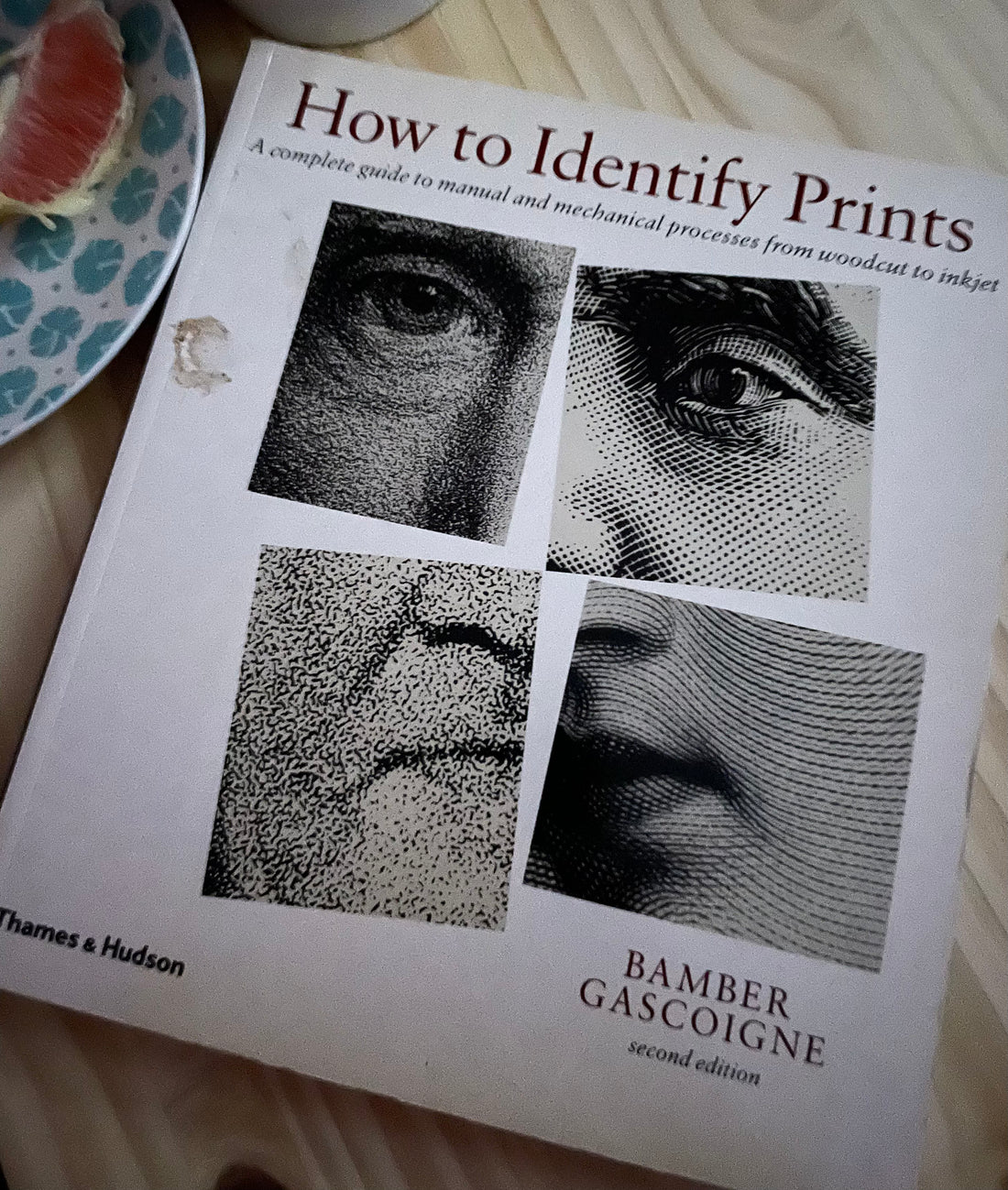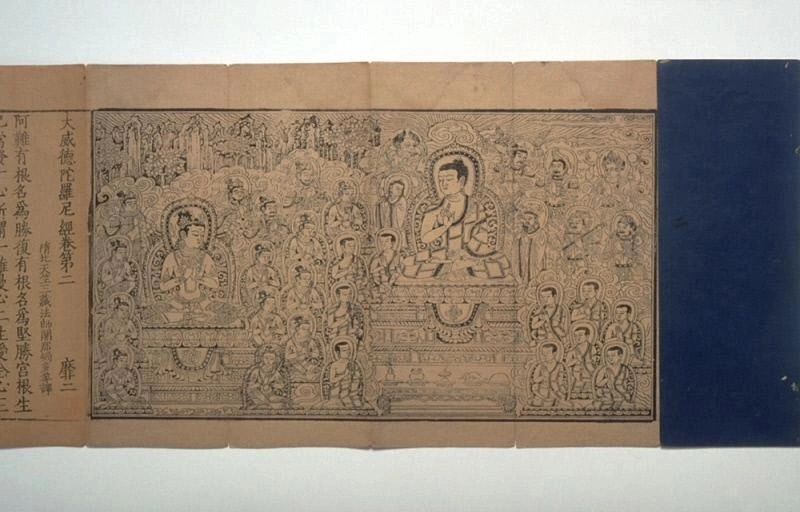
Know what you’re looking at. .a little research goes a long way
Share
Disclosure: This post contains an affiliate link where I may get a commission if you make a purchase through my links, at no cost to you.
There can be a huge learning curve with so many details and terms to familiarize yourself with; you won’t be an expert overnight, but a bit of research will help. The more you learn, the more interesting and fun collecting, buying and selling become; it’ll be worth your while. A good starting point is to focus on one point of interest. Your research in this area will open doors to more avenues that inspire more interest that, in tern, generates more information…. such is the wonderful world of collecting.
When it comes to printed matter, such as vintage posters, understanding the method is an important factor in determining whether or not it’s an original, later printing, reproduction or fake. And if required, having a better understanding of what is or isn’t possible for preservation and/or restoration and what you can expect from the process. Acquiring vintage and antique posters, maps and documents, printed matter or any works on paper, I highly recommend doing a bit of research and exposure yourself to as much material as possible. If you’re collecting posters or any documents, feel the types and weight of paper and the impressions of the printing; it pays to know so you can make an informed decision without later experiencing buyer’s or seller’s remorse.

Although printing has evolved from the painstaking, labor intensive manual processes, before the digital realm came about, the process that generated the information that we received was not of general interest; the end result and it’s efficiency and functionality was, and still is key. One of the oldest forms of printing, however, is the wood block where a image is carved into a block of wood in reverse; ink is applied and then the image in transferred onto a surface. And speaking of function: have you ever thought of how our paper currency is produced? We rely on currency, but it may not be common knowledge that our paper currency employs one of the most intricate printing techniques known as engraving. Although not intended for collecting purposes, this printing method itself allows for more detail during production and printing, but the results are desirable for anyone who can appreciate the artistry involved.
Lithography is a technique that allowed for more efficiency and mass production. Throughout much of the late 1800s and 1900s, the French cultivated the dealer and collector of lithographs. The introduction of color to lithography, during the late 1800s, was an innovation that transformed and elevated the world of printing into an art form designating France as the center of the art world. Suddenly, a printed message could be beautiful and one could collect that beauty and display in there home or office if desired. Artists from all over the world understood the value of this process because it was not only a means to earn money by designing a poster for a client, but it meant exposure for the artists since the design would be produced in quantity.
Although printing methods follow a similar procedure, the method of how an image is transferred onto a surface differs. One of the most popular forms of printing is silk screen. This method involves creating a stencil applied to a screen, where pigment is pressed through onto paper or fabric using a squeegee as it easily glides across the screen with equally distributed pressure. This process is popular for short runs for events such as: concerts, exhibitions, artist editions and ideal for messages that blur the line of artistic expression and propaganda. The colors are usually vibrant in a bold design that is usually made up of large solid blocks of color that sit at the surface as opposed to bleeding into the paper or textile.

A couple of excellent examples where this technique is most impactful: During the sixties and seventies, a time of civil unrest, anti-war sentiment and when the voices of our youth roared against the government through student uprisings, one can sense the urgency of the powerful messages produced in the political graphics of the Mai 68 posters, from the Ecole des Beaux-Arts ( https://www.nytimes.com/2018/05/04/arts/design/may-1968-paris.html ) and from the Berkeley Political Poster Workshop, formed as a response to the invasion of Cambodia and the Kent State Massacre ( www.csuchico.edu.com .)

personal reference copy of How to Identify Prints
There is such a wide variety of techniques, the examples listed in this post are umbrella terms for what there is to know. For more information about types of prints, I recommend starting with How to Identify Prints - A Complete Guide to Manual and Mechanical Process from Woodcut to Inkjet, by Bamber Gascoigne; 2nd edition; paperback. This book is a pretty good start, in my opinion because it breaks down the main types of printing and their sub variants in straight forward language and 272 illustrations.
I hope this post inspires a new generation of collector, a continued support of and appreciation of artists and the process involved .. may we forever remain connected and never lose touch.
